How to Decode Your Car’s Warning Lights
- Chloe Chai

- Mar 24
- 3 min read
When driving, your car communicates important information through warning lights on the dashboard. These lights can help you avoid potential breakdowns and costly repairs. Knowing how to interpret these signals is essential for your safety and car longevity. Here’s a guide to help you decode those warning lights and understand what they mean.

1. Check Engine Light (CEL)
The Check Engine Light is one of the most common warning lights you’ll encounter. It typically indicates an issue with the engine or exhaust system, such as a faulty sensor or misfiring engine. While it might not always signal a major problem, it’s important to have it checked immediately to prevent more serious damage.
2. Oil Pressure Warning Light
This warning light indicates that the engine oil pressure is low, which could mean that your oil level is low, or there’s a problem with the oil pump. If this light comes on while driving, pull over and check your oil level. If the level is normal and the light remains on, it’s time to have the system checked by a professional.

3. Brake System Warning Light
If the brake system warning light comes on, it could indicate a problem with your braking system, such as low brake fluid, worn brake pads, or even an issue with the anti-lock brake system (ABS). If the light is red or accompanied by an alarm, stop the vehicle immediately and have the brake system inspected.
4. Tire Pressure Warning Light
This light comes on when the air pressure in one or more tires is too low. Low tire pressure can affect your car's handling and fuel efficiency, so it’s important to address this as soon as possible. Check the tire pressure using a gauge and inflate the tires to the recommended pressure level.

5. Battery Warning Light
If the battery warning light illuminates, it typically indicates an issue with the battery charging system, such as a malfunctioning alternator or a dead battery. This light means that your car may not be receiving enough power to keep running, and you may soon experience a breakdown if the issue isn’t addressed.
6. ABS Warning Light
The ABS warning light indicates that there’s a malfunction with the Anti-lock Braking System (ABS), which helps prevent the wheels from locking up during braking. While your brakes will still work without the ABS system, it’s recommended to get it repaired to ensure maximum safety.
7. Engine Temperature Warning Light
This light means that the engine is overheating, often due to low coolant levels or a malfunctioning cooling system. If this light turns on, pull over immediately and allow the engine to cool down. Continuing to drive with an overheated engine can lead to serious engine damage.

8. Fuel Warning Light
The fuel warning light is simply a reminder that your fuel tank is low. However, if this light comes on, make sure to refuel soon to avoid running out of gas, which can lead to a breakdown.
Conclusion
Understanding your car’s warning lights is essential for maintaining its health and ensuring your safety on the road. Pay attention to any lights that appear on your dashboard, and take action promptly to address the issues they indicate. Regular maintenance and quick responses can save you from expensive repairs and avoid roadside breakdowns.
-
"Tiger Certified Cars - Buy a Tiger Certified Car today for that extra 'Peace of Mind'."
Drive with peace of mind:
Tiger Certified Cars come with a 128-point inspection, 1-year warranty, brand-new paint, no flood or total loss guarantee, free servicing, and fast loan approvals, especially for first-time buyers!








Comments